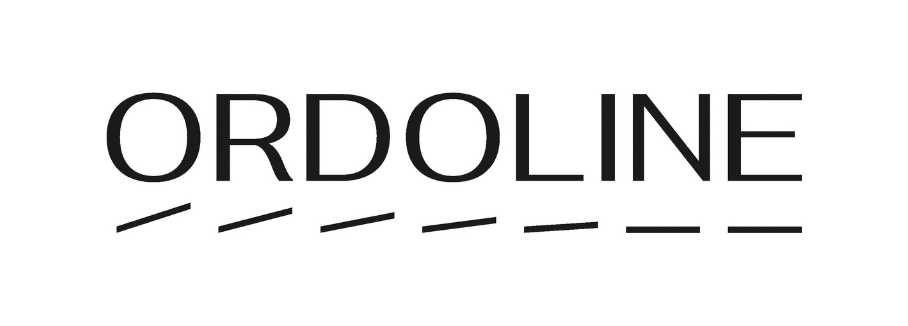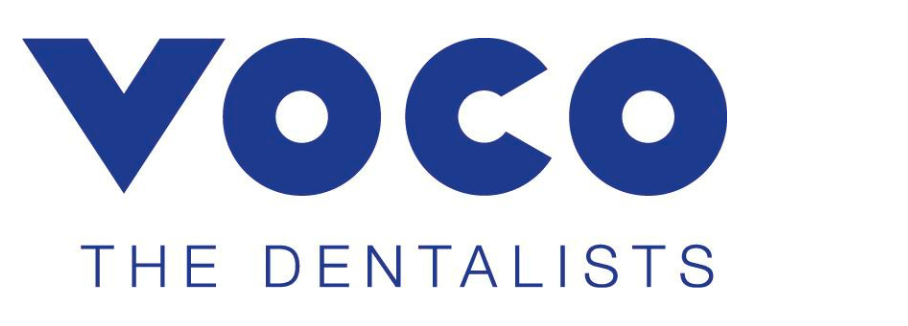The definition of bruxism has evolved over the past few years, progressively going beyond the old belief that bruxism is synonymous of grinding the teeth while asleep (Lobbezoo et al., 2013; Lobbezoo et al., 2018). With the increase in knowledge concerning the sleep correlates and the muscle activities that may equally be present also during wakefulness(Manfredini et al., 2019; Manfredini et al., 2021), the bruxism construct has shifted from a pathology or disorder to a motor activity that may be a sign of underlying conditions and may even have possible physiological or protective relevance (Raphael et al., 2016; Manfredini et al., 2016).
In the 2018 consensus paper, sleep bruxism (SB) is defined as a masticatory muscle activity (MMA) during sleep that is characterized as rhythmic (phasic) or non-rhythmic (tonic) and is not a movement disorder or a sleep disorder in otherwise healthy individuals. Awake bruxism (AB) is defined as a masticatory muscle activity during wakefulness that is characterized by repetitive or sustained tooth contact and/or by bracing or trusting of the mandible and is not a movement disorder in otherwise healthy individuals (Lobbezoo et al., 2018).
Within these premises, while preparing the Standardized Tool for the Assessment of Bruxism (STAB), the need emerged for the identification of the best strategy to define the bruxism status, comorbidities, etiology, and consequences. As muscle activities, both sleep and awake bruxism require a thorough assessment that could be based on a combination of subject-based, clinically based, and instrumentally based information.
The rationale for creating the tool and the road map that led to the selection of items included in the STAB have been discussed in some recent publications (Manfredini et al., 2020; Manfredini et al., 2022). This course will present the road map to STAB, the rationale for its background, and the instrument itself, with the list of items included in each specific axis and domain.
Program
- Current bruxism definition and its clinical implications
- Road Map to STAB
- The Standardized Tool for the Assessment of Bruxism
- The future of bruxism research
| Course price | 0 Eur |


























